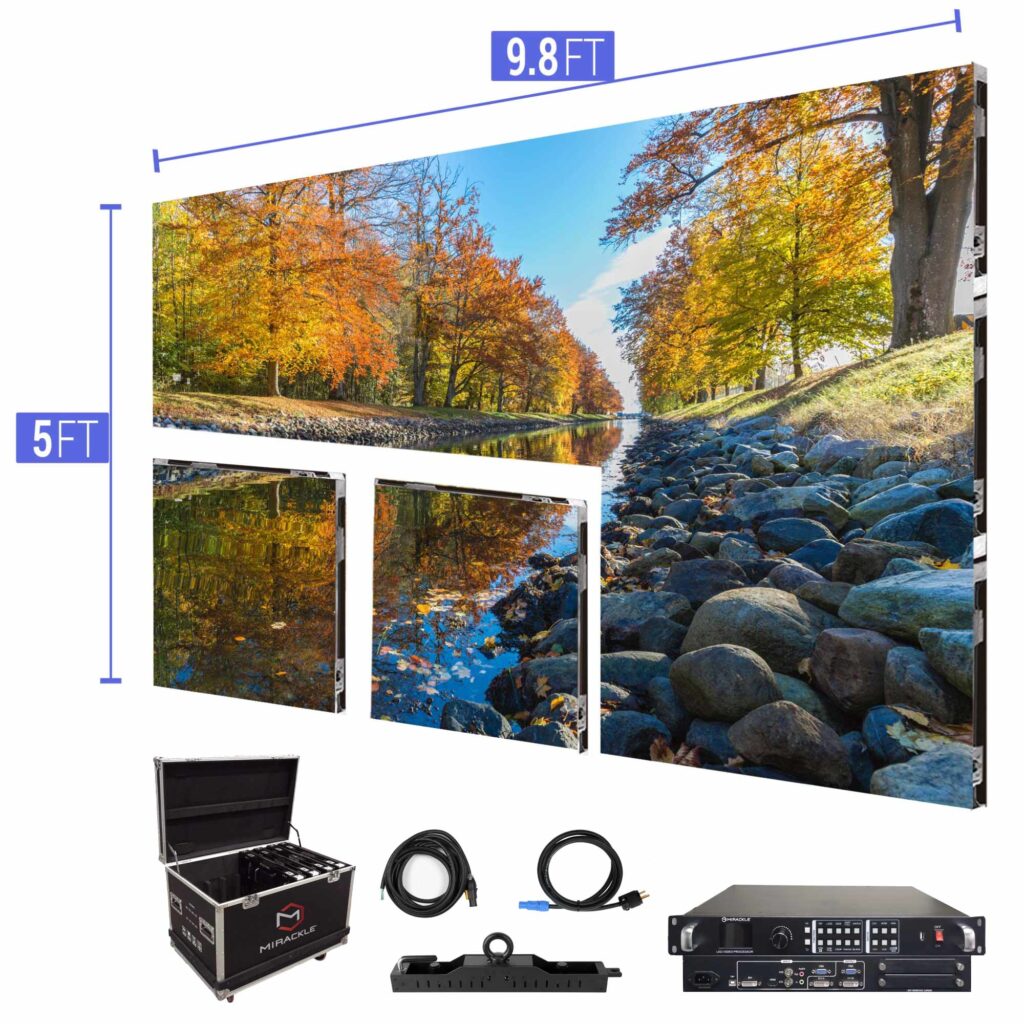Investigating the Efficacy of Various LED Display Calibration Methods for Optimal Visual Output
Wiki Article
Light Emitting Diode walls have become increasingly popular in various settings, including theater venues, musical events, and business gatherings. These expansive screens provide lively hues and sharp visuals, making them perfect for graphic displays. However, to attain the optimal display quality, proper calibration of LED screens is essential. Calibration refers to the process of modifying the screen parameters to guarantee that hues, luminosity, and differentiation are accurate and consistent. Different tuning methods can considerably influence the overall standard of the display encounter, making it vital to explore the effectiveness of these methods.
One common technique for tuning Light Emitting Diode walls is manual calibration. This method involves adjusting the settings by manual means, often using specialized tools and software. Technicians typically analyze the display's hue precision and luminosity levels, making modifications based on their findings. Handheld tuning allows for a significant degree of personalization, as specialists can tailor the settings to the specific setting and content being displayed. However, this method can be time-consuming and demands a proficient specialist to attain optimal results. Despite its challenges, manual calibration can lead to impressive display quality when done correctly.
Another common tuning method is the application of automated tuning. This approach uses programs and sensors to measure the screen's functionality and make modifications instantly. Automated calibration can save hours and reduce the risk for human mistakes, as the software can rapidly evaluate the display and apply the necessary modifications. This method is particularly useful in environments where the Light Emitting Diode screen is frequently used for different types of material, as it can adapt to various lighting conditions and content needs. While automatic tuning may not offer the same level of customization as manual calibration, it can still provide excellent outcomes for many uses.

A thirdly method worth noting is the application of hue tuning instruments. These devices, such as color measurement devices and spectral analyzers, measure the color results of the Light Emitting Diode screen and help ensure that the hues shown are correct. By employing these instruments, specialists can detect any inconsistencies in hue reproduction and make the necessary adjustments. This technique is especially important for uses where hue precision is critical, such as in graphic design or film production. Hue tuning tools can enhance the overall display quality of LED walls, ensuring that the viewers sees the desired hues and details.
In conclusion, the effectiveness of various LED wall calibration methods plays a vital role in achieving optimal visual quality. Handheld tuning offers customization but can be time-consuming, while automatic tuning provides efficiency and consistency. Additionally, color tuning tools help ensure accurate color reproduction, which is essential for many uses. By understanding and utilizing these calibration methods, specialists can enhance the visual encounter for viewers, making LED walls an more effective tool for interaction and engagement. As technology continues to advance, ongoing research led wall calibration for social media and development in calibration techniques will probably lead to even better display quality in the future.